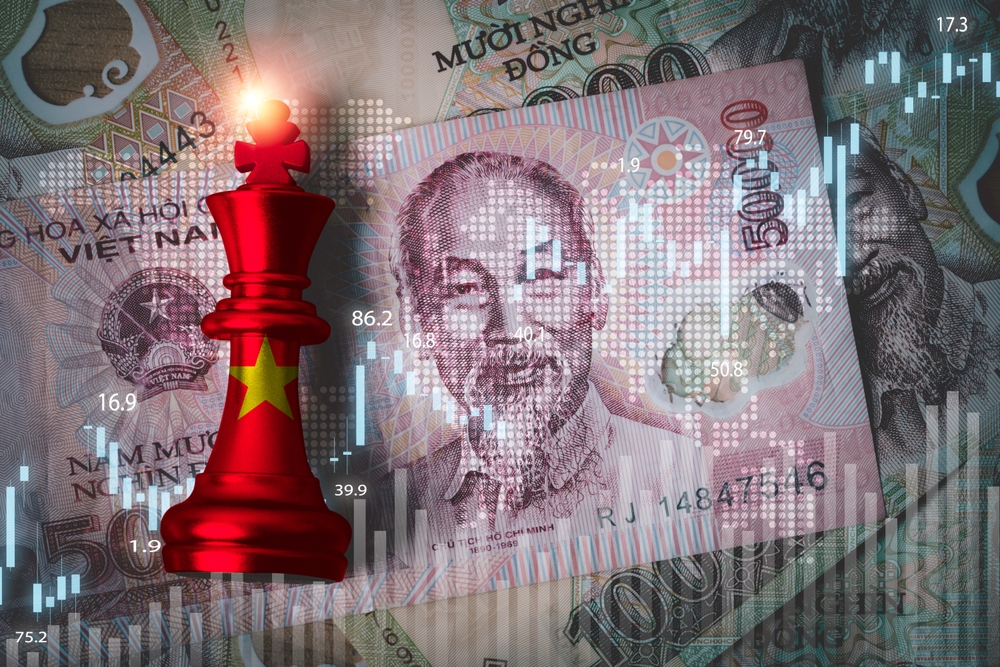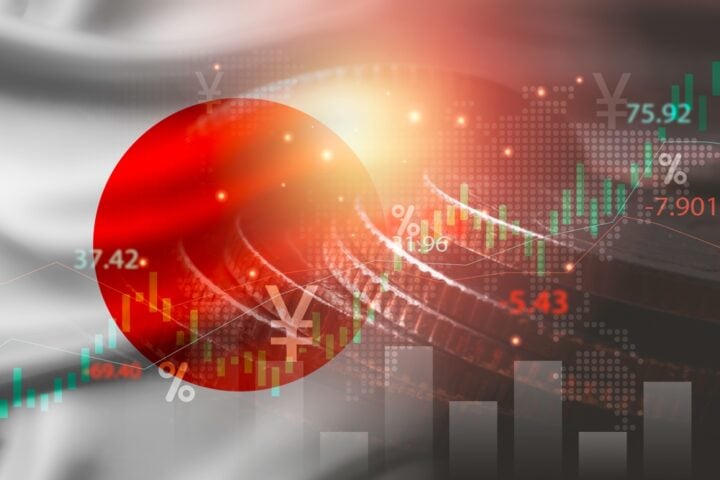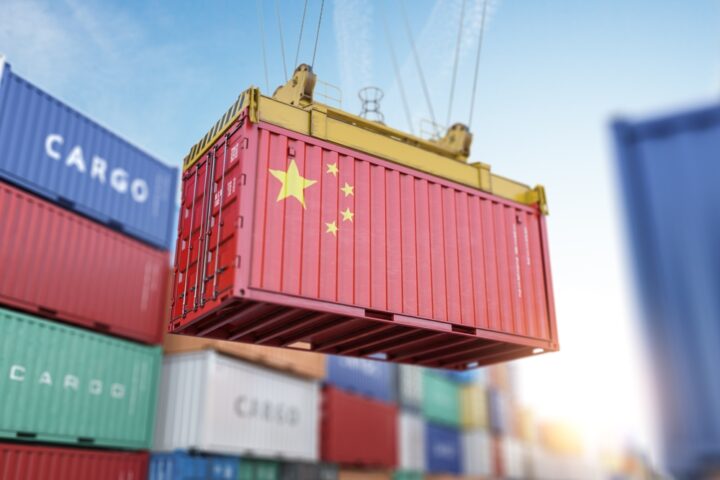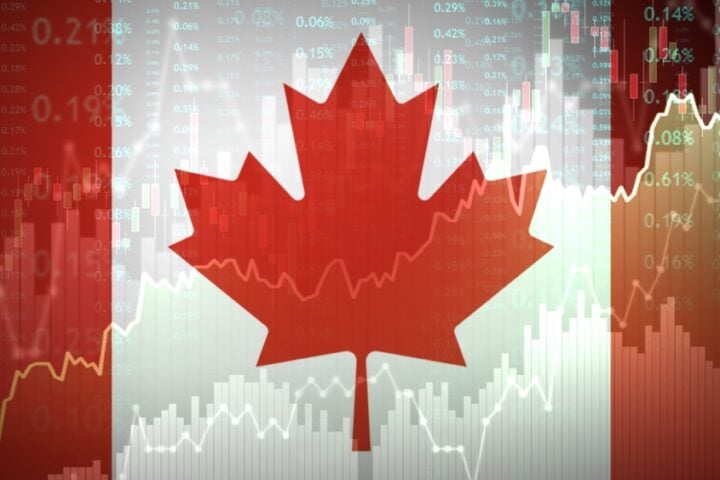Vietnam’s Commitment to Growth Amid U.S. Tariff Challenges
Despite facing a daunting 46% tariff on its exports imposed by the U.S., Vietnam’s Prime Minister, Pham Minh Chinh, has vowed to maintain the country’s economic growth target of at least 8% for the year. This ambitious goal comes even as the nation grapples with a significant setback in its trade relationship with its largest export market. The announcement was made during an emergency cabinet meeting, where key figures, including the Trade Minister and Central Bank Governor, convened to address the situation.
U.S. Tariffs Shake Vietnam’s Export Market
The hefty U.S. tariffs have raised concerns across Vietnam’s government, with Chinh noting that the move “did not reflect the strong bilateral relations” between the two nations. The tariffs, among the highest on any of the 180 targeted economies, have sparked fears of long-term economic repercussions. However, Chinh has insisted that the country’s growth objectives remain intact, emphasizing the opportunity this challenge presents to restructure Vietnam’s economy. “This is an opportunity to restructure the economy towards swift yet sustainable development,” he said, highlighting efforts to expand markets, diversify product offerings, and boost domestic production.
Vietnam’s Economic Strategy in the Wake of Tariffs
In a government statement released after the meeting, the Prime Minister outlined strategies to mitigate the impact of the tariffs, stressing the importance of diversifying Vietnam’s export markets and supply chains. He also reaffirmed that the country’s GDP growth target of 8% or more in 2025 remains unchanged. Vietnam’s export market with the U.S. is crucial, accounting for nearly 30% of the nation’s GDP, with exports to the U.S. valued at $142 billion in 2021 and a trade surplus of over $123 billion.
Market Reaction and Immediate Response
The announcement of the tariffs sent shockwaves through global markets, with Vietnam’s benchmark stock index falling by as much as 6.7%. The significant decline in stock values underscores the fear and uncertainty rippling through the Vietnamese economy in the wake of the trade dispute. Vo Tri Thanh, a former deputy director of the Vietnam Institute for Economic Management, remarked, “It’s a shock for the global economy, and for the Vietnamese economy,” reflecting the broader concerns over the impact of the tariffs on economic stability.
Vietnam’s Efforts to Reduce Trade Surplus with the U.S.
In an attempt to ease tensions and reduce its trade surplus with the U.S., Vietnam had already been implementing measures such as cutting tariffs on goods destined for the U.S. These moves were aimed at aligning with U.S. trade policies and potentially softening the impact of future tariff hikes. Despite these efforts, the latest tariff announcement has placed additional pressure on the Vietnamese government to further adjust its economic strategies.
Formation of Task Force and Future Plans
To address the challenges posed by the tariff increase, Prime Minister Chinh ordered the immediate formation of a task force to manage the situation and ensure the country’s economic resilience. Chinh also announced plans to hold discussions with major export firms to coordinate efforts and navigate the shifting landscape. These discussions will be crucial in formulating a strategy to protect Vietnam’s economic interests and minimize the long-term damage caused by the U.S. tariffs.
Conclusion: Navigating Uncertain Economic Terrain
As Vietnam faces one of its toughest economic challenges in recent years, the government’s response will be critical in determining whether it can meet its ambitious growth targets. Despite the immediate shock caused by the U.S. tariffs, Vietnam’s strategy to diversify its economy and bolster domestic production may offer a pathway to sustainable growth. How the country adapts to these new pressures, including potential shifts in global trade dynamics, will define its economic future in the coming years.







